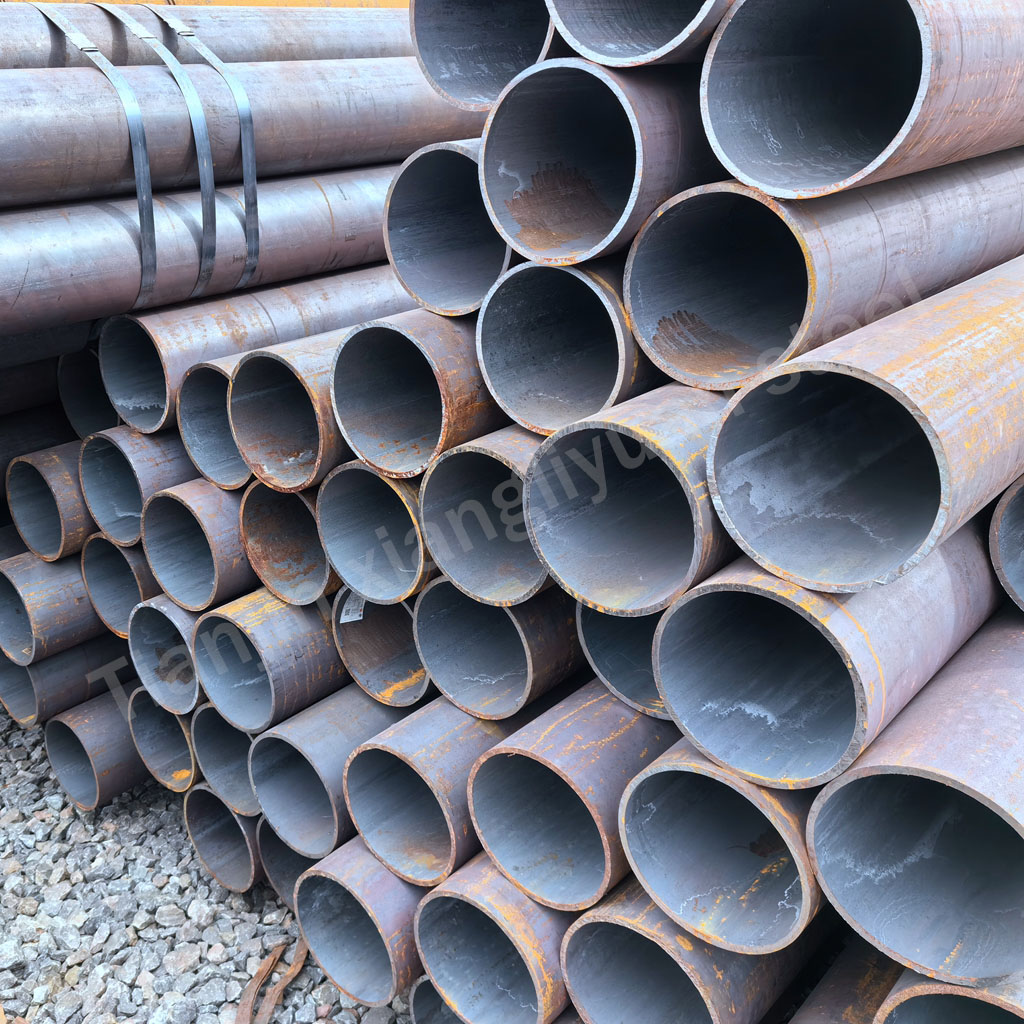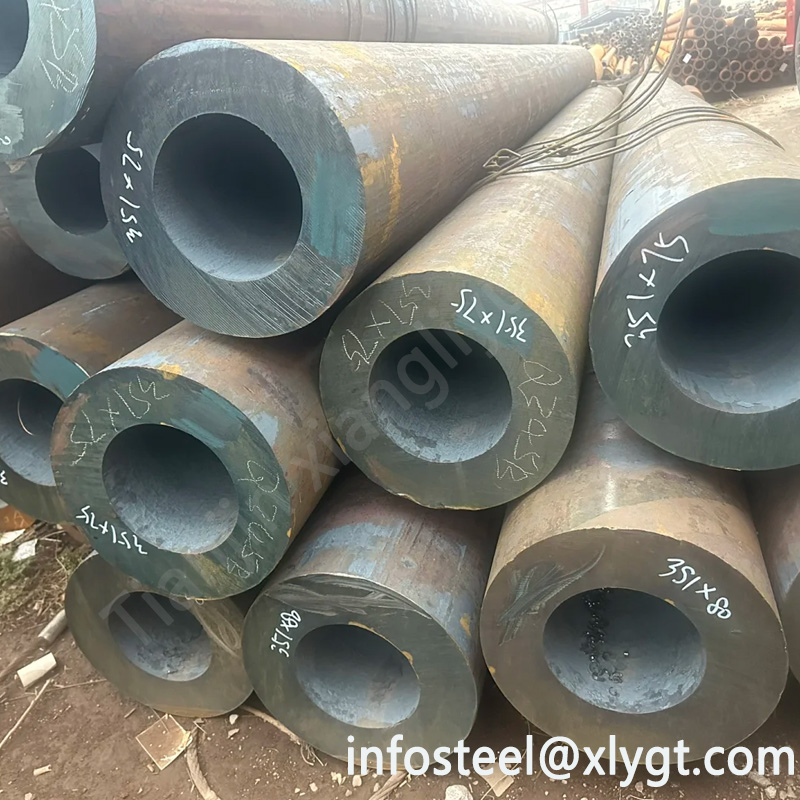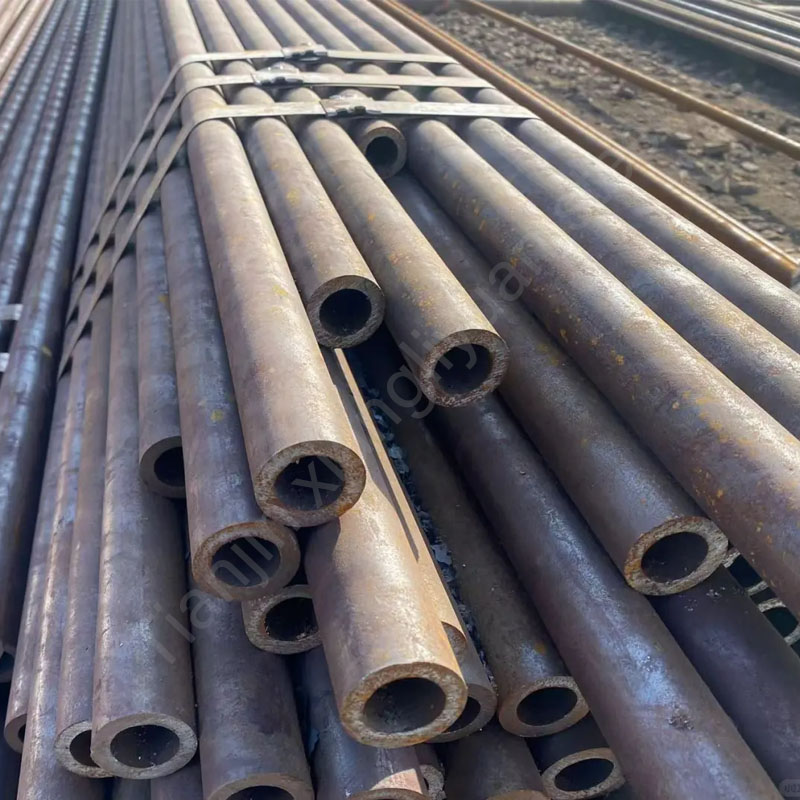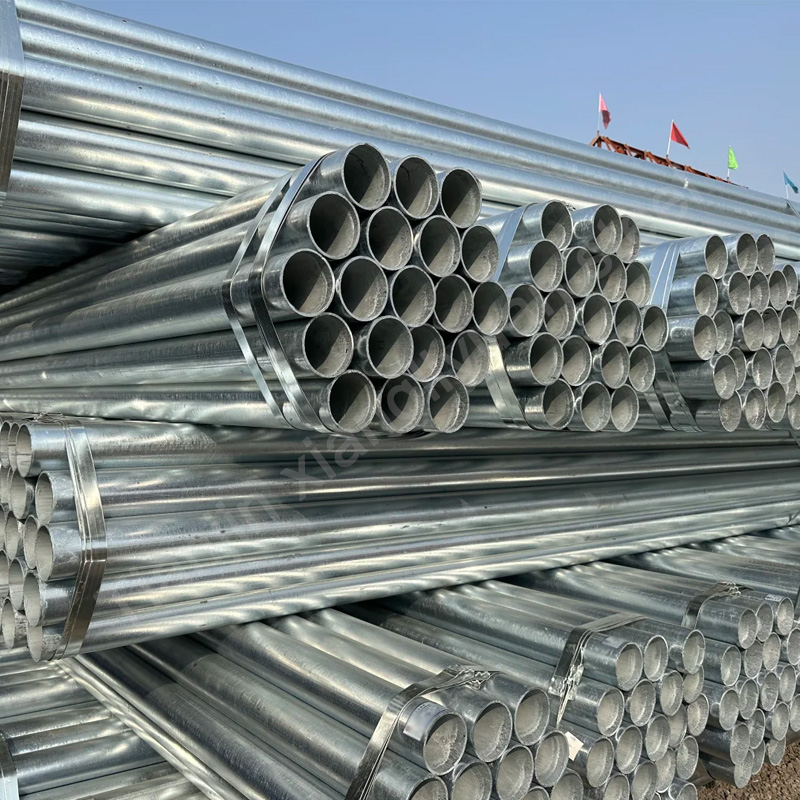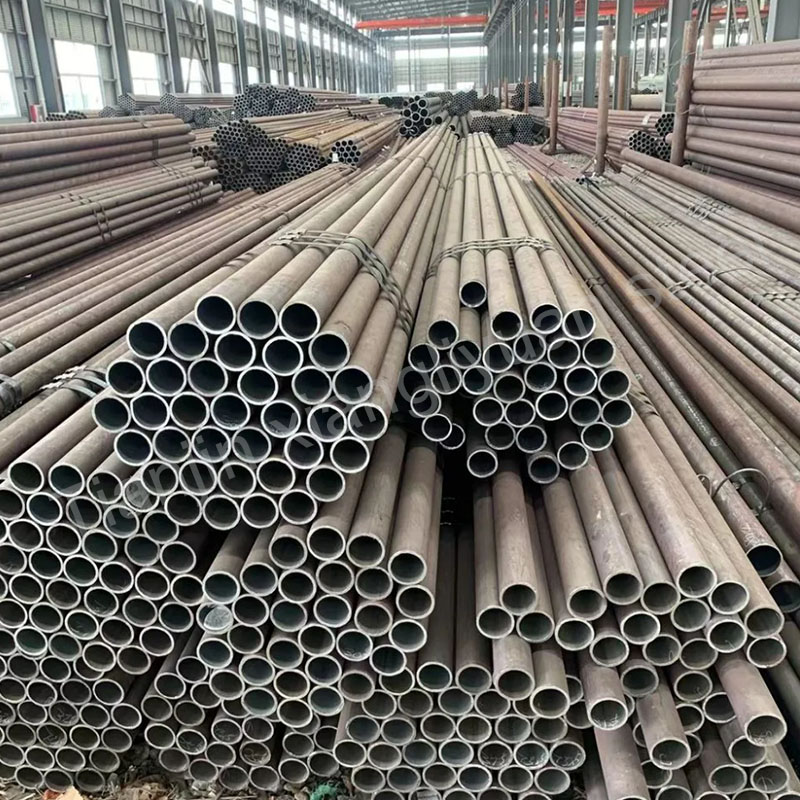High temperature boiler tube is a special steel tube used in high temperature and high pressure environment, which is widely used in power plants, petrochemical industry, shipbuilding and other industries. Due to its special working conditions, this type of steel tube needs to have excellent high temperature resistance, high pressure resistance and oxidation resistance.
The main material of high temperature boiler tube is alloy steel, because alloy steel has higher high temperature resistance and pressure resistance than ordinary carbon steel. Common high temperature boiler tube materials can be divided into two categories:
Carbon steel boiler tube: Carbon steel tube is generally suitable for medium and low temperature conditions, but for high temperature boilers, the use of carbon steel materials is subject to certain restrictions, usually suitable for conditions below 300℃. Common carbon steel materials include No. 20 steel (GB/T 699) and so on.
Alloy steel boiler tube: When the working temperature of the boiler reaches above 400℃, alloy steel becomes the first choice. Alloy steel improves the high temperature strength and oxidation resistance of the material by adding elements such as chromium, molybdenum and vanadium. Commonly used alloy steels include Cr-Mo series and Cr-Mo-V series.
Cr-Mo alloy steel: Mainly used for high temperature working conditions with a temperature of about 500℃. Common steel grades include 12CrMo, 15CrMo, etc.
Cr-Mo-V alloy steel: When the boiler operating temperature exceeds 600℃, Cr-Mo-V alloy steel is widely used, such as 12Cr1MoV. This type of steel pipe not only has excellent high temperature performance, but also has anti-sulfurization, anti-oxidation and corrosion resistance.
In the production of high temperature boiler tubes, different steel grades represent the working conditions they can withstand. The following are several common high temperature boiler tube steel grades and their characteristics:
20G: This is the most common carbon steel high temperature boiler tube steel grade in China. It is suitable for medium and low pressure boiler pipelines, and the operating temperature is usually below 450℃.
15CrMoG: This is a low alloy steel, mainly used for medium and high pressure boiler pipelines, with good high temperature resistance and the operating temperature generally does not exceed 600℃.
12Cr1MoVG: This steel has high high temperature strength and good oxidation resistance. It is often used in ultra-high pressure boiler pipelines, and the operating temperature can reach above 650℃.
T91/P91: This is a steel grade commonly used in Europe and the United States. It belongs to the 9Cr-1Mo-V alloy steel, which is mainly used in ultra-supercritical boilers and nuclear power plants. It has excellent high-temperature creep strength.
The production and use of high-temperature boiler tubes must meet strict standards to ensure their safety and reliability. Here are some major international and domestic standards:
GB/T 5310-2017: This is China’s national standard for “Seamless Steel Tubes for High-Pressure Boilers”, which specifies the technical requirements, dimensions and quality standards for high-pressure boiler tubes.
ASTM A335: American standard, mainly covering high-temperature alloy steel seamless tubes, commonly used in petrochemicals and boiler manufacturing. This standard includes alloy steel tubes such as P5, P9, P11, and P22.
DIN 17175: German standard, suitable for high-temperature piping systems, commonly used in high-temperature boilers and superheaters, common steel grades include 15Mo3, 13CrMo44, etc.
JIS G3462: Japanese Industrial Standard, mainly for high temperature resistant alloy seamless pipes, such as STBA12, STBA24, etc., used in boilers and heat exchangers.
Due to its excellent high temperature and high pressure resistance, high temperature boiler tubes are widely used in the following fields:
Power industry: In thermal power plants, boiler tubes are used in key parts such as water-cooled walls, superheaters, and reheaters of boilers. High temperature and high pressure steam needs to pass through these parts, so the material and performance requirements of boiler tubes are very high. The popularization of ultra-supercritical boiler technology has further promoted the development of high temperature boiler tubes.
Petrochemical: High temperature boiler tubes have been widely used in high temperature reactors, heating furnaces and heat exchangers in petrochemical plants. Under high temperature and high pressure environments, pipeline materials need to have good corrosion resistance and mechanical strength to ensure long-term stable operation.
Nuclear industry: In nuclear power plants, boiler tubes are used in the cooling system and steam generator of nuclear power plant reactors. These pipes usually work at extremely high temperatures and pressures and must have excellent creep resistance and radiation resistance.
Shipbuilding: Some large ships, such as liquefied natural gas carriers, require high-temperature boiler tubes to ensure the efficient operation of the propulsion system.
As an important equipment in high temperature and high pressure environments, the material, steel grade and production standards of high-temperature boiler tubes are directly related to the operating safety and service life of the equipment. With the advancement of science and technology, the application of ultra-supercritical boilers is becoming more and more extensive, and the requirements for high-temperature boiler tubes are also getting higher and higher. In the future, with the continuous improvement of industrial demand, high-temperature boiler tubes will develop in the direction of higher strength, higher temperature and longer service life.

